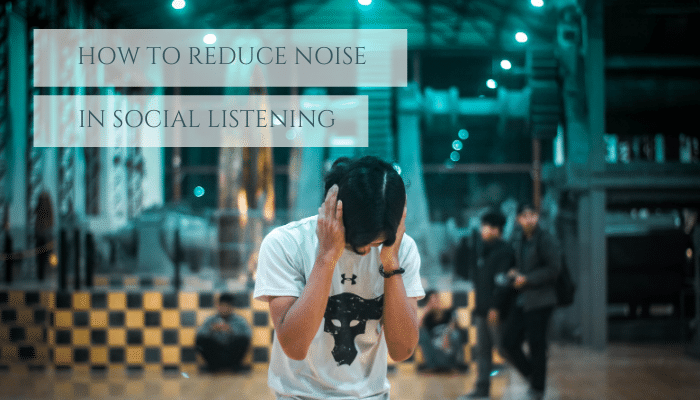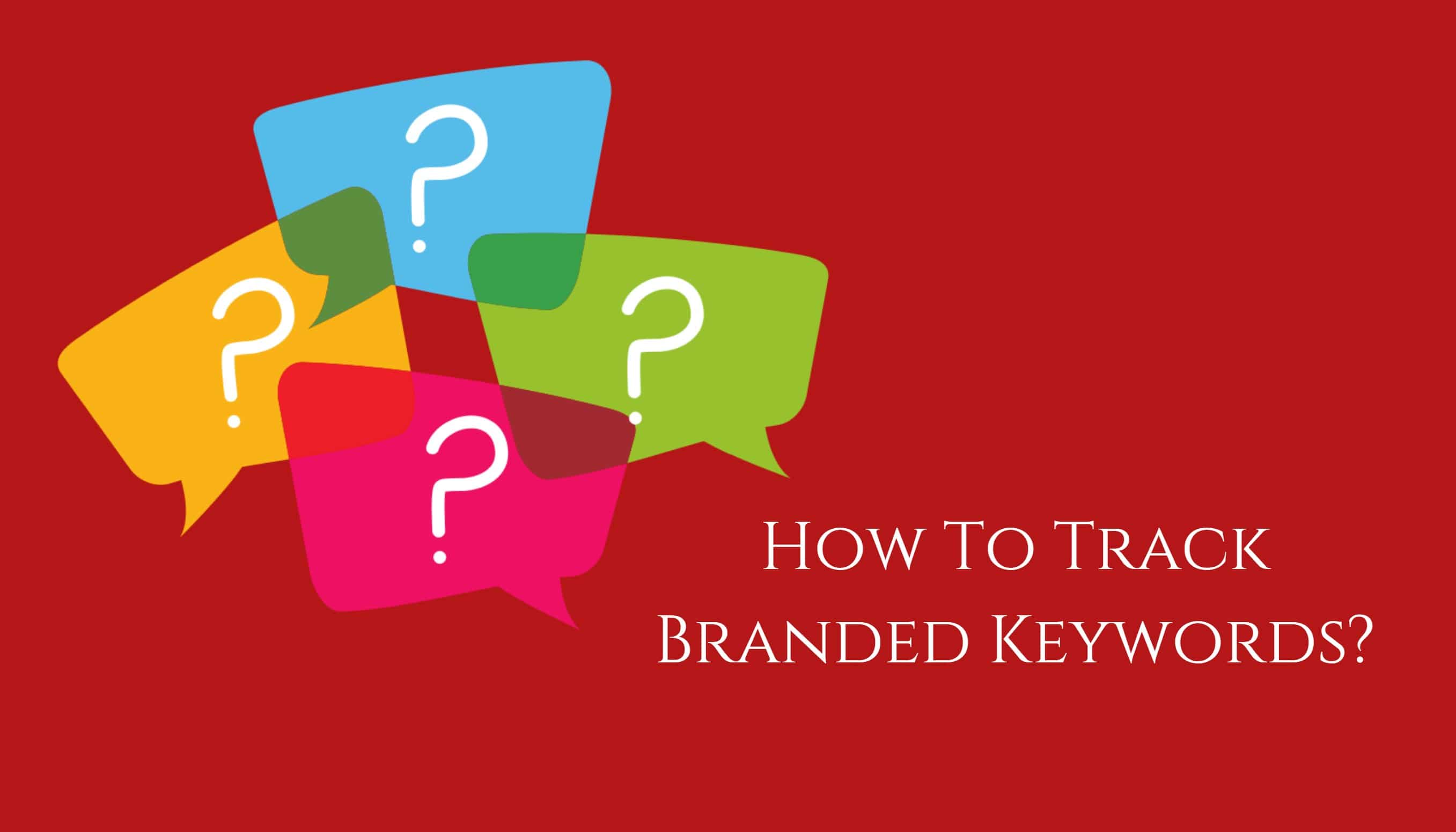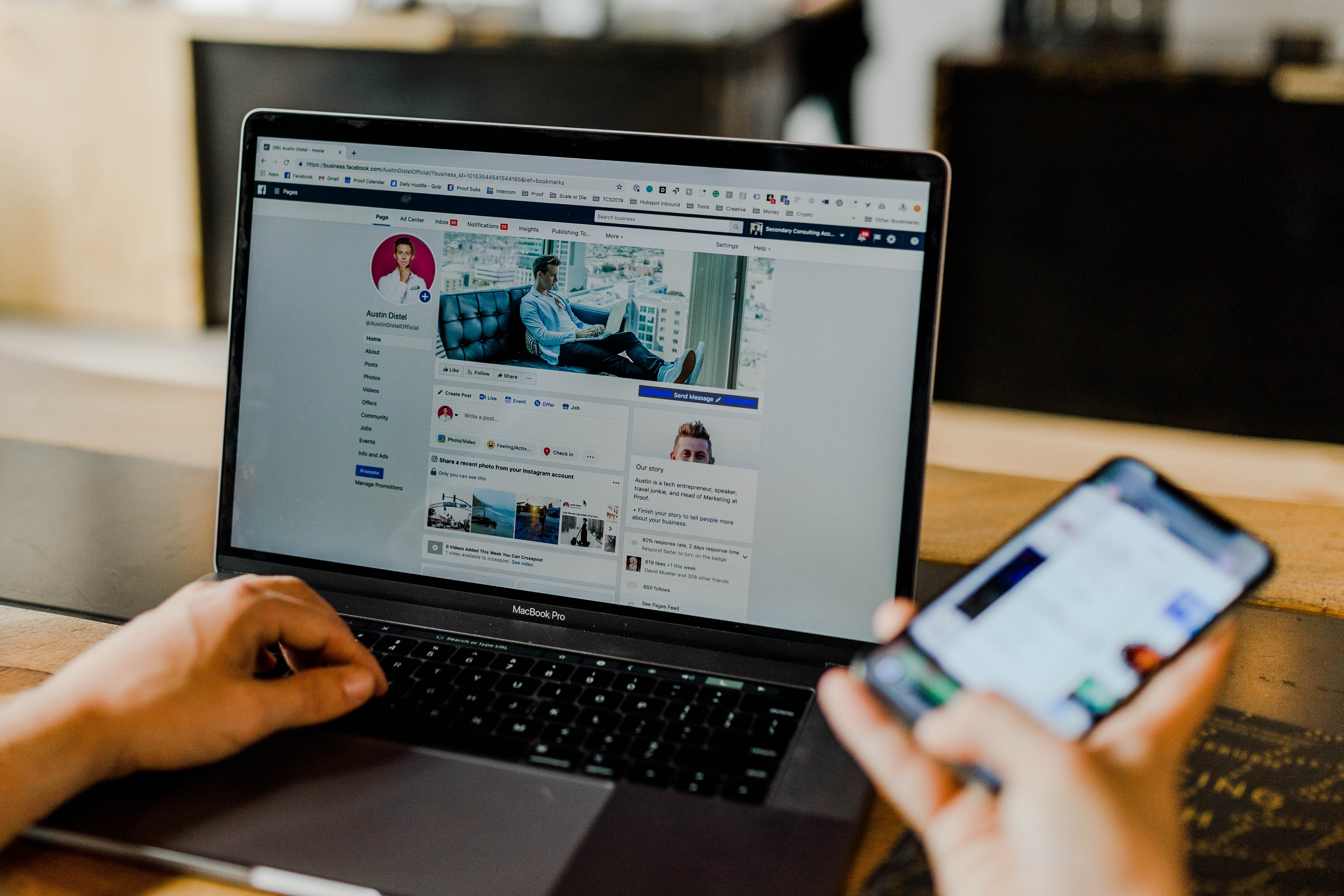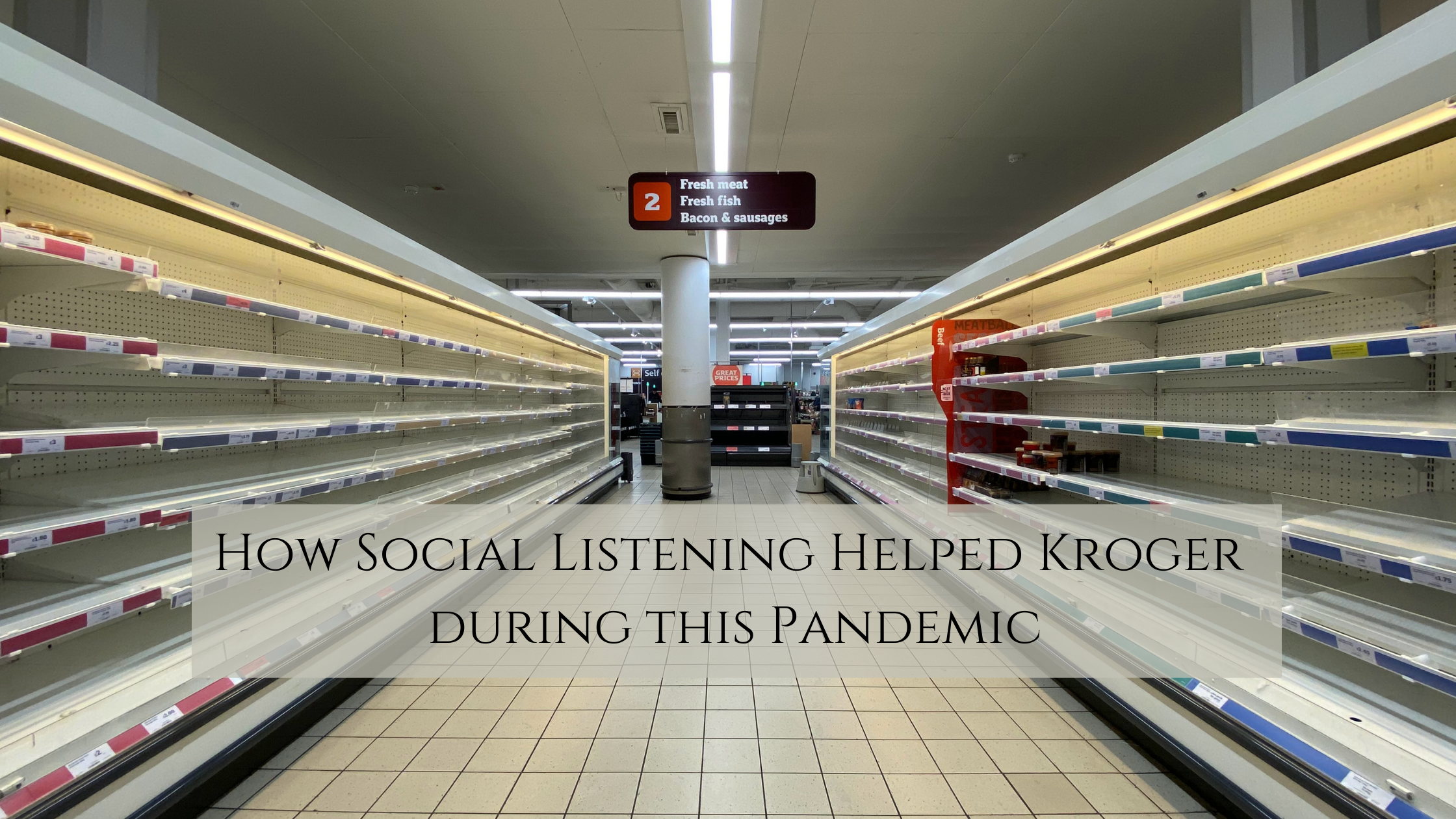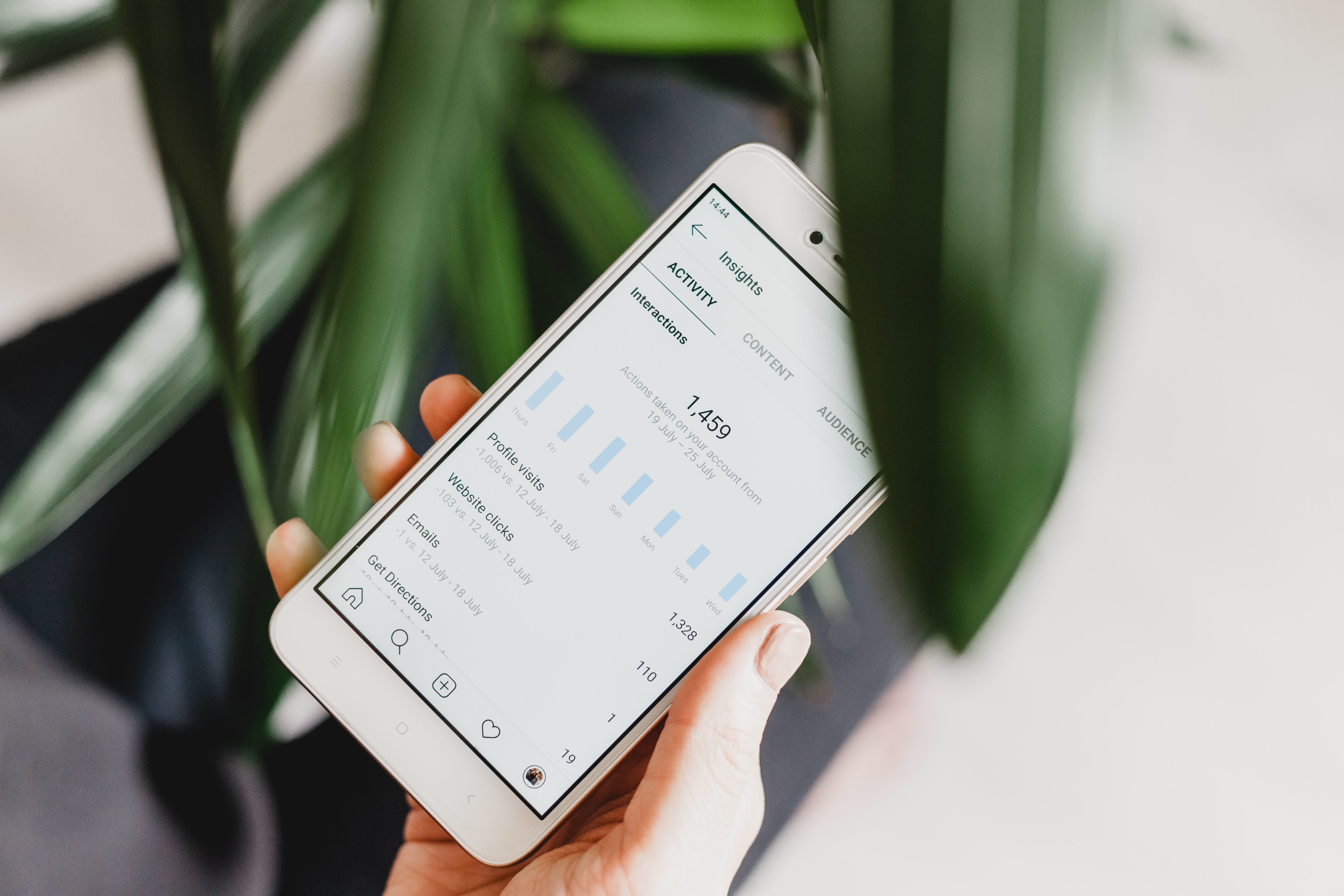Is Social Media Listening Enough?
Business people and marketers today rely more on data to make decisions. 76% of marketers say they base their decisions on data analytics. And in this context, the social media analytics market is the one making all the waves. The social media analytics market is expected to grow to $15.6 billion by 2025. With access to a landscape so rich with data and insights, the question remains “Is social media listening enough?” In the absence of meaningful content to validate the quantitative findings, the data doesn’t provide much value. Hence, current methods of social media analytics offer a deeper social understanding of their audience members. The use of social media listening when limited to online mention monitoring can produce weak results. However, the same technology is being used today to understand the volatile social climate, consumer behavior et cetera. Adding these to the context makes social media listening enough!
Mainstream Social Media Monitoring
We are past the time when online presence meant maintaining a business page on Facebook and Twitter. Social media listening now informs marketers of every conversation around their brand. These have helped managers control and monitor conversation spikes, understand platforms et cetera.
However, mainstream media monitoring is like exploring only the surface of an ocean. For instance, say somebody promotes a hoax that involves your brand name. People start talking about it. The hoax has now spread all over the internet. With social media monitoring, you would only know about the number of mentions you’re getting. You will have no idea if it is good publicity or bad. By the time you realize, the news would have spread and the damage would have been done. Your market and your stock price would have taken a hit!
Qualitative Social Media Listening
In more recent times, a more qualitative approach was adopted for social media analytics. This approach helped marketers to understand how online conversations manipulate or are connected to consumer perceptions, behavior, etc. And to make this happen, a combination of AI tools and human interaction has to work together.
Simply put, when human beings hold conversations and make comments online today, these tools gather the relevant bits of information from such content. The data is then quantified and processed to deliver a richer understanding of human needs. How does it help? Imagine the scenario mentioned earlier, with this new ability to read into data, the tool is able to alert the brand that most of the mentions are negative. The tool also alerts the team of the trending keywords being used. The team would know about the hoax almost instantly and could jump into action before it spreads around.
And this is just one example of social listening being helpful in the case of online reputation management. This tool has been and is being used by many to:
- Filter real-time feedback
- Monitor industry news
- Manage influencer marketing
- Strategize social media plans and business operations et cetera.
Gathering real-time insights helps you understand the immediate needs of your customers. It can be their sentiment towards a new campaign you launched or a certain business function. Getting direct feedback helps you act faster than having to sit and make assumptions about what to do. If you are investing in building a brand, invest in the right solutions. The question of “Is social media listening enough” doesn’t come up if you’re using the right tool in the right way.


